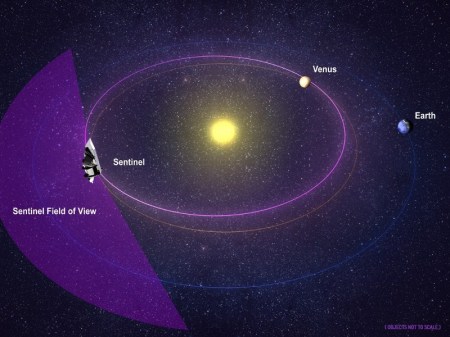At 06:00 on 22 September, the weather had calmed and the ships were patrolling at 10 knots, line abreast, 2 nmi apart. Lookouts were posted for submarine periscopes or ships and one gun either side of each ship was manned. U-9 had been ordered to attack British transports at Ostend, but had been forced to dive and shelter from the storm. On surfacing, she spotted the British ships and moved to attack.
At 06:20, the submarine fired one torpedo at the nearest ship from a range of 550 yd, which struck Aboukir on the starboard side, flooding the engine room and causing the ship to stop immediately. No submarines had been sighted, so Drummond assumed that the ship had hit a mine, and ordered the other two cruisers to close in to help. After 25 minutes, Aboukir capsized, sinking five minutes later. Only one boat could be launched, because of damage from the explosion and the failure of steam-powered winches needed to launch them.
U-9 rose to periscope depth from her dive after firing the initial torpedo to observe two British cruisers engaged in the rescue of men from the sinking ship. Weddigen fired two more torpedoes at his next target, Hogue, from a range of 300 yd. As the torpedoes left the submarine, her bows rose out of the water and she was spotted by Hogue, which opened fire before the submarine dived.
Livebait squadron of September 22 1914

Image by Rob Caswell
Missiles are deadly in Intercept, especially those with the Cold start option that are really tricky to detect when drifting. The controlling ship may be far away and unlike beam attacks, the attacker isn’t giving himself away when attacking. So, how does one go about reducing the risk of missile death?
The basics
Missiles move last, after all ships have moved. They are still moved in reverse Initiative order but after all of the ships has done the same. Small missiles typically have an endurance of 15 minutes which mean their range is limited to the distance from the launching ships Drift and you. This means that if your ship is beyond 6 squares from the attacking ships Drift, no unmodified small missile can hit you. Safe, assuming they are not modified, assuming you track the enemy ship and thus know its Drift position, lots of assumptions.
In reality you may have a hunch on from what direction a missile attack will come from, based on the scenario. Always make sure you have lasers covering that direction through their attack arc, and make damned sure your aft centerline isn’t pointing towards the threat direction.
Radar
If the enemy is Tracking you, you might as well use your Radar. Setting a 1×1 square Radar Scan on top of your ship gives a +6 in Scan strength and small missiles have a Radar signature of +2. This should almost guarantee that any missile will be Tracked before impacting, so you avoid the -3 DM for defending against unknown attacks. As Intercept only allow two Scans per side per turn this isn’t practical for many dispersed ships but keeping them in close formation might help.
Cold start missiles
Cold start missiles sacrifice 2G for the ability to thrust and drift as they please. This means that a TL 14+ small missile will have 4GTurns of total fuel to maneuver with, larger missiles still have the 4G limit but have better endurance for larger amounts of GTurns. Keep changing vectors of your ship so the unseen Cold start missiles of your enemy must expand precious GTurns to keep up. Perform large IR Scans to see if you can catch a Cold start missile thrusting, a small missile thrusting have an IR Signature of +6 and even if you only get an Indication, you’ll know it’s out there.
Matching vectors
Matching vectors completely is well-nigh impossible but try at least to avoid having a relative vector of 5 or more as this give the missiles +6 on both PEN and DAM! Sure, they also get a -2 DM to hit but do you really dare risking that? Your defense rolls will suffer the same -2 DM too.
Design
Make sure your design have laser turrets on both left and right or both top and bottom. This way at least one will always bear. Large warships can take a lot of damage even from missiles but are still smoked when hit by nukes, add nuclear dampers too in that case. You are allowed two defense rolls against nuke missiles; one from lasers and the other from dampers. As results stack this is pretty effective against the threat of nukes. Two Fair results from lasers and dampers would require the missile volley to be VGood to still hit.
In Traveller, civilians and now allowed to have dampers but then again, neither are they allowed to have nukes. Even pirates usually avoid nukes as they tend to destroy the precious ship and cargo and then they’ll have the Imperial Navy on their ass as nukes are certainly a breach of the Imperial rules of war. Pirates with nukes rarely end up in court, they usually end up dead.
Page 41 cover the basic parameters of missiles and all the options to modify them, except the nuke option which is covered in the optional rules section page 23. Missile parameters are also duplicated on page 45 of the tables section at the back of the rulebook.

